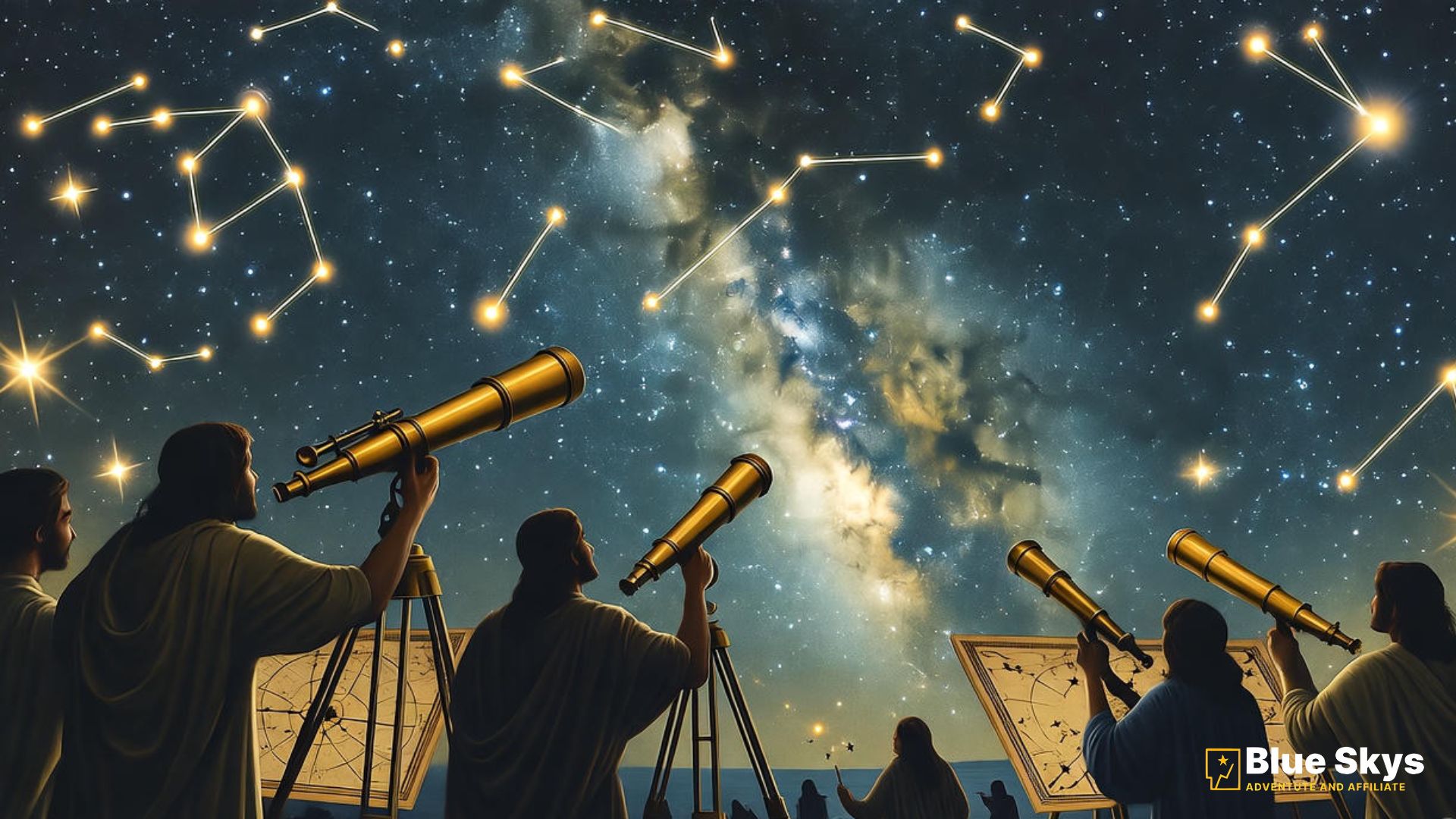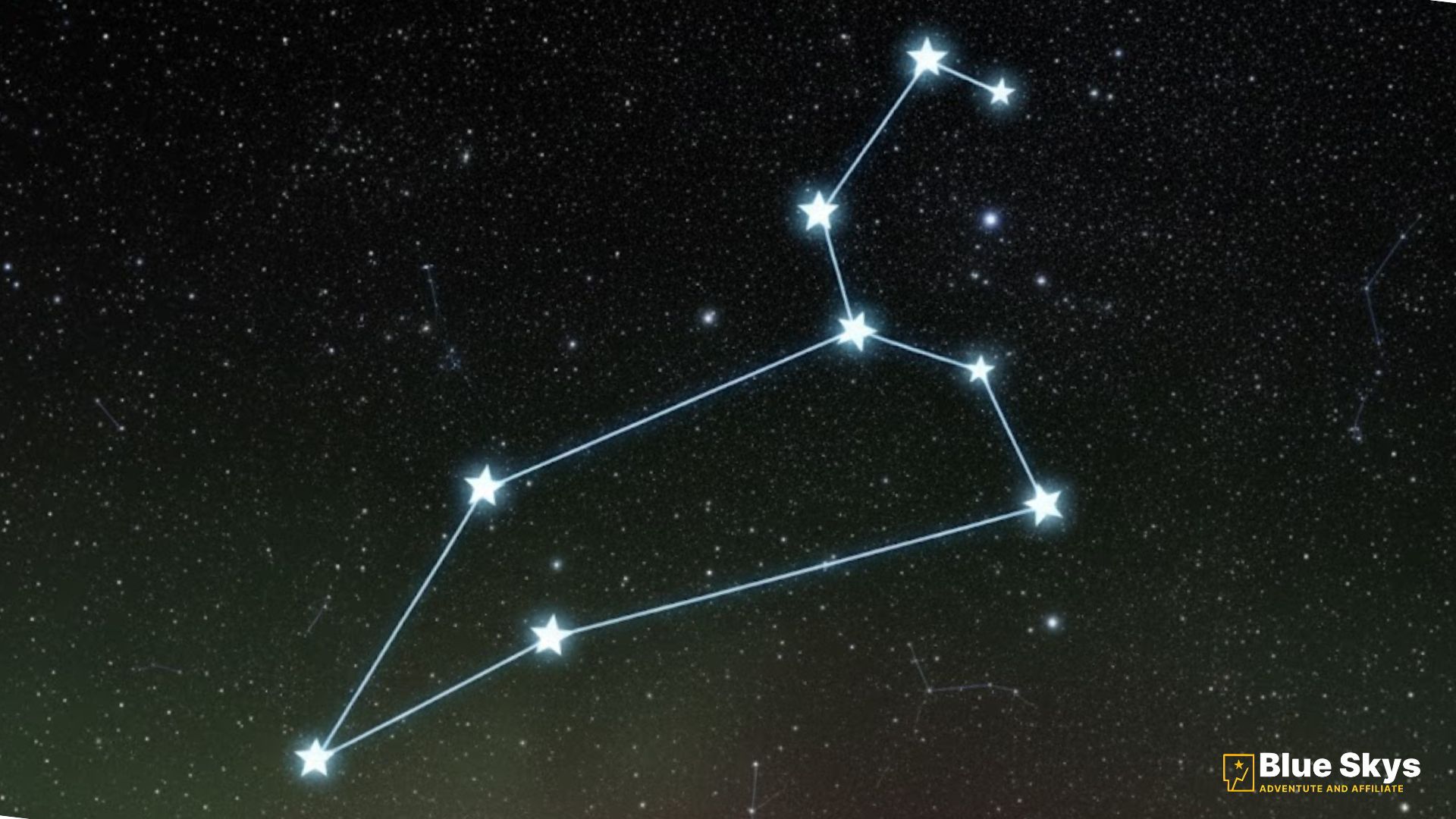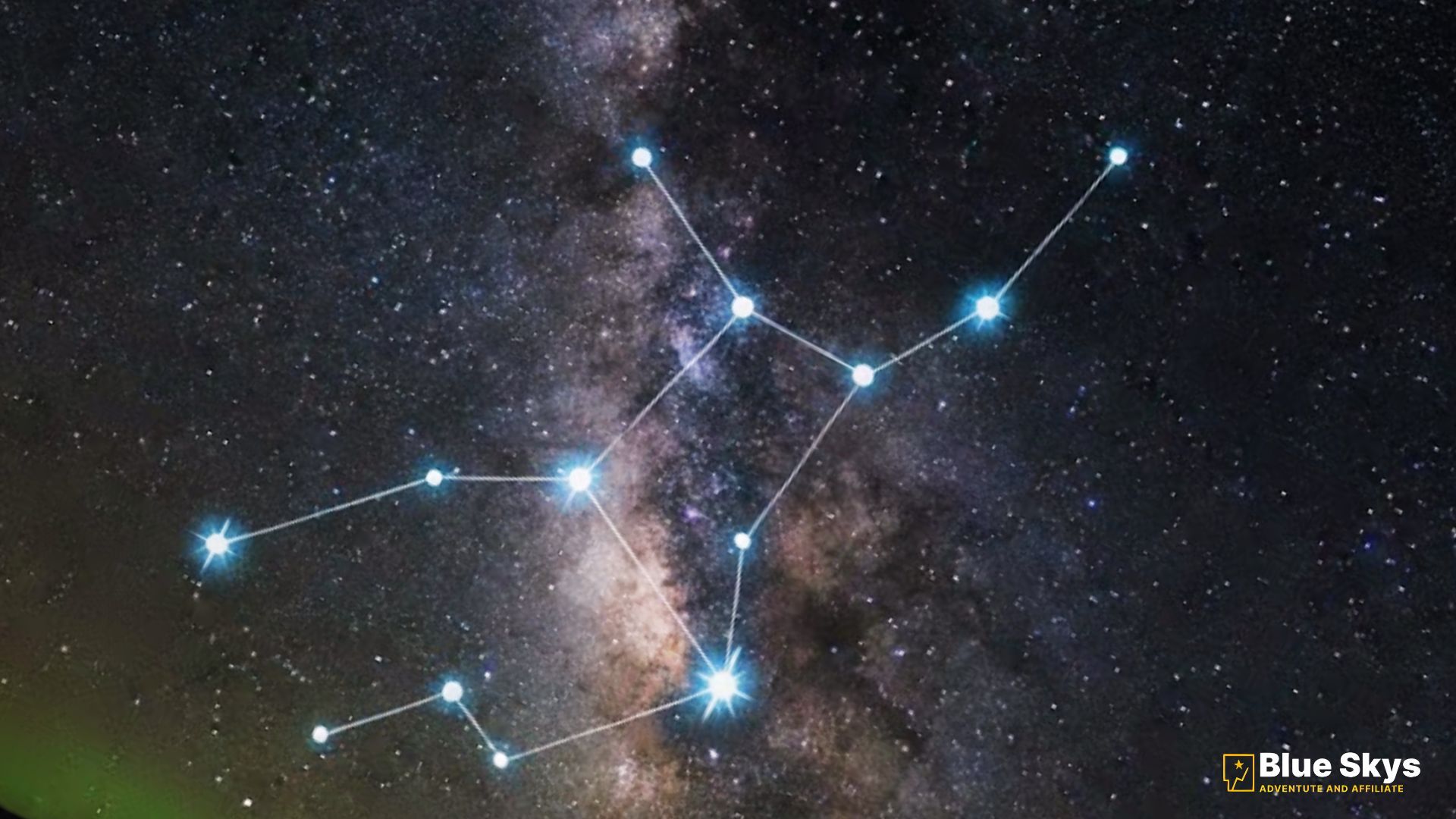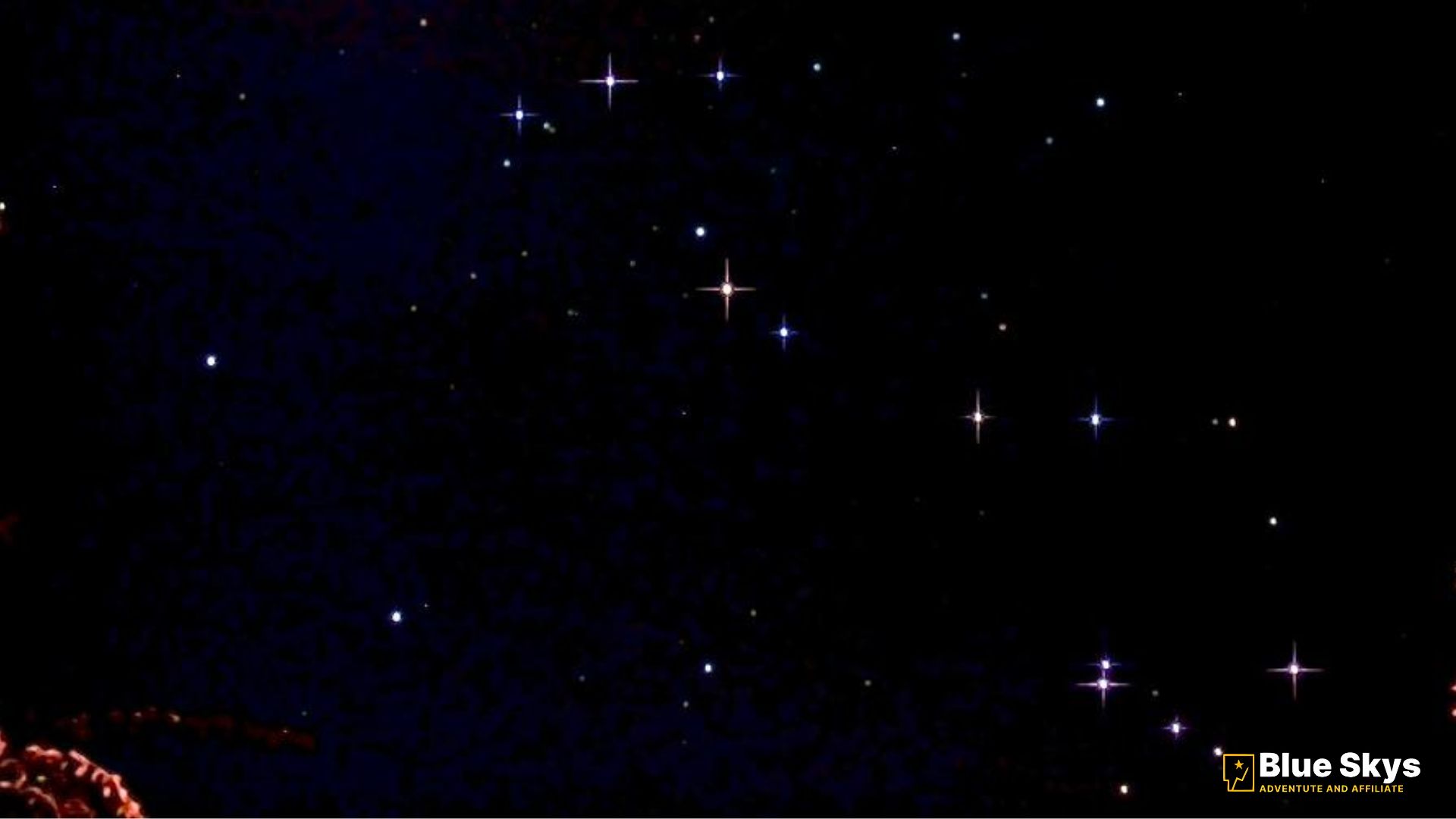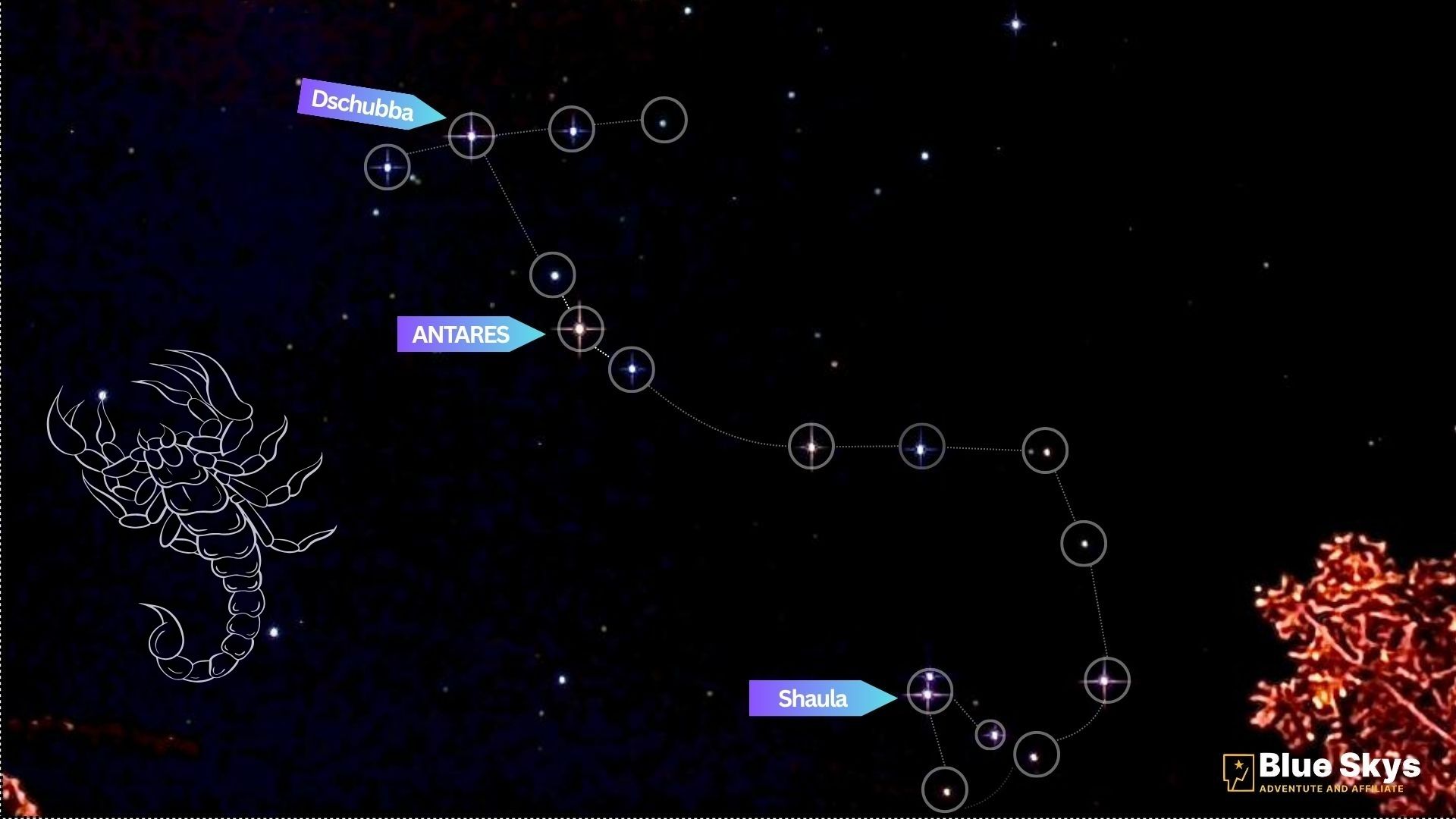Gracefully soaring across the Milky Way, Cygnus the Swan is one of the most recognizable constellations in the night sky. Known for its stunning symmetry and deep mythological roots, Cygnus dominates the summer evenings of the Northern Hemisphere and enchants observers in countries such as the United States, United Kingdom, Canada, and Europe. Even in the Southern Hemisphere, in places like Australia and New Zealand, it provides a breathtaking sight, gliding low along the northern horizon during winter nights.
The Mythological Origins of Cygnus
In Greek mythology, Cygnus is often linked with several fascinating tales. One of the most well-known is the story of Zeus, who transformed himself into a swan to win the heart of Leda. Another legend connects the constellation to Orpheus, the gifted musician whose soul was said to have been carried into the heavens after death, forever soaring among the stars.
These timeless stories add a sense of romance and mystery, turning Cygnus from a pattern of stars into a celestial symbol of transformation, love, and art.
Why Cygnus Captivates Stargazers Worldwide
Cygnus represents more than just mythology. It’s a stellar masterpiece packed with bright stars, nebulae, and cosmic wonders. The constellation stretches along the Milky Way, providing one of the richest fields of stars visible to the naked eye. Its bird-like shape and bright backbone make it easy for stargazers and photographers to locate, even under light-polluted skies.
When and Where to See Cygnus?
Northern Hemisphere (USA, UK, Canada, Europe)
From June to October, Cygnus dominates the summer skies. Around midnight in July and August, it stands nearly overhead, forming a bright cross against the dark river of the Milky Way.
Southern Hemisphere (Australia, New Zealand)
During the southern winter months, Cygnus appears lower in the northern sky. While it doesn’t climb as high, clear nights provide stunning opportunities to photograph and observe it near the Milky Way’s glowing band.
Key Stars in Cygnus
Deneb – The Bright Supergiant

Deneb (Alpha Cygni) shines as one of the brightest stars in the night sky, about 2,600 light-years away. It forms part of the Summer Triangle, alongside Vega and Altair, serving as an excellent celestial landmark.
Albireo – The Golden and Blue Pair
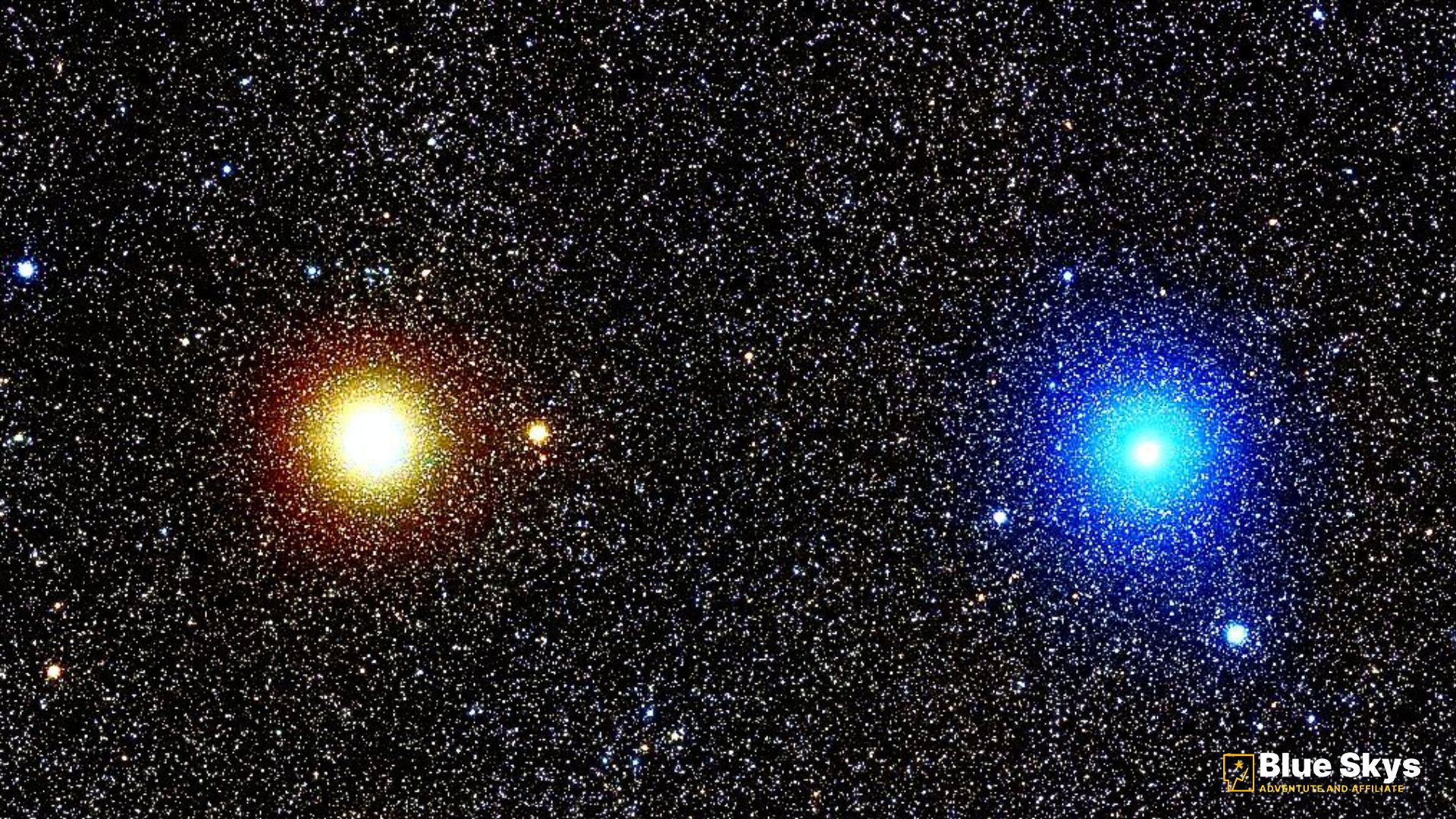
At the tip of the swan’s beak lies Albireo, a beautiful double star that fascinates astronomers. Through a small telescope, its contrasting colors—gold and sapphire blue—make it one of the most striking sights in the heavens.
The Northern Cross – Cygnus’s Iconic Asterism
Cygnus contains a well-known asterism called the Northern Cross, easily visible to the naked eye. The cross’s long axis runs along the Milky Way, while its shorter arms represent the swan’s wings. This pattern is one of the easiest ways for beginners to spot Cygnus.
The Cygnus Rift – A Celestial River of Dust
Running through the Milky Way is a dark band known as the Cygnus Rift, a massive cloud of interstellar dust that divides the galaxy’s bright core. This rift adds a dramatic contrast to wide-field astrophotography, enhancing the natural beauty of the region.
Deep Sky Wonders within Cygnus
North America Nebula (NGC 7000)
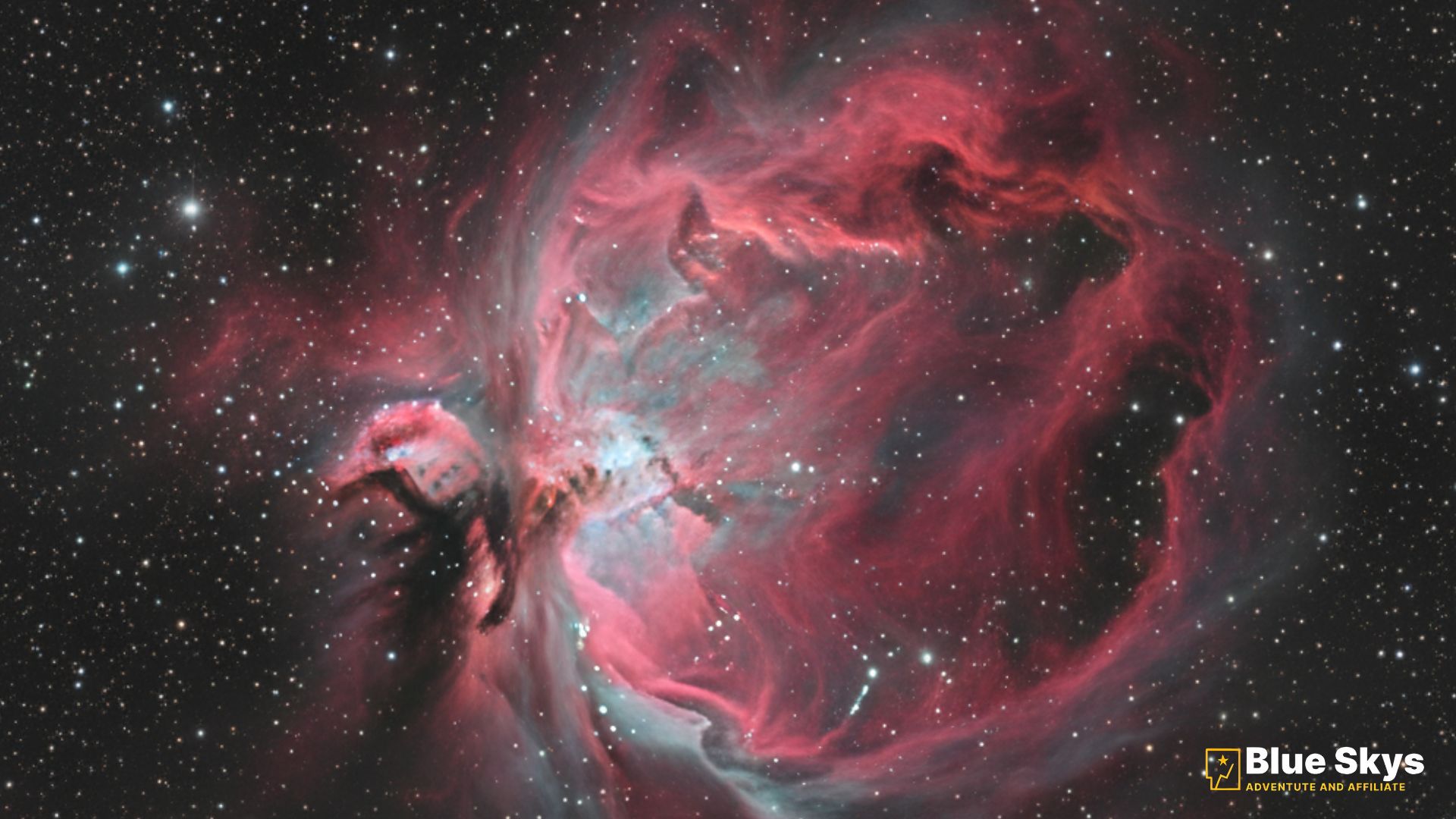
This nebula resembles the shape of North America when photographed, with Deneb lighting its nearby clouds. It’s a favourite among Astro-photographers.
The Pelican Nebula
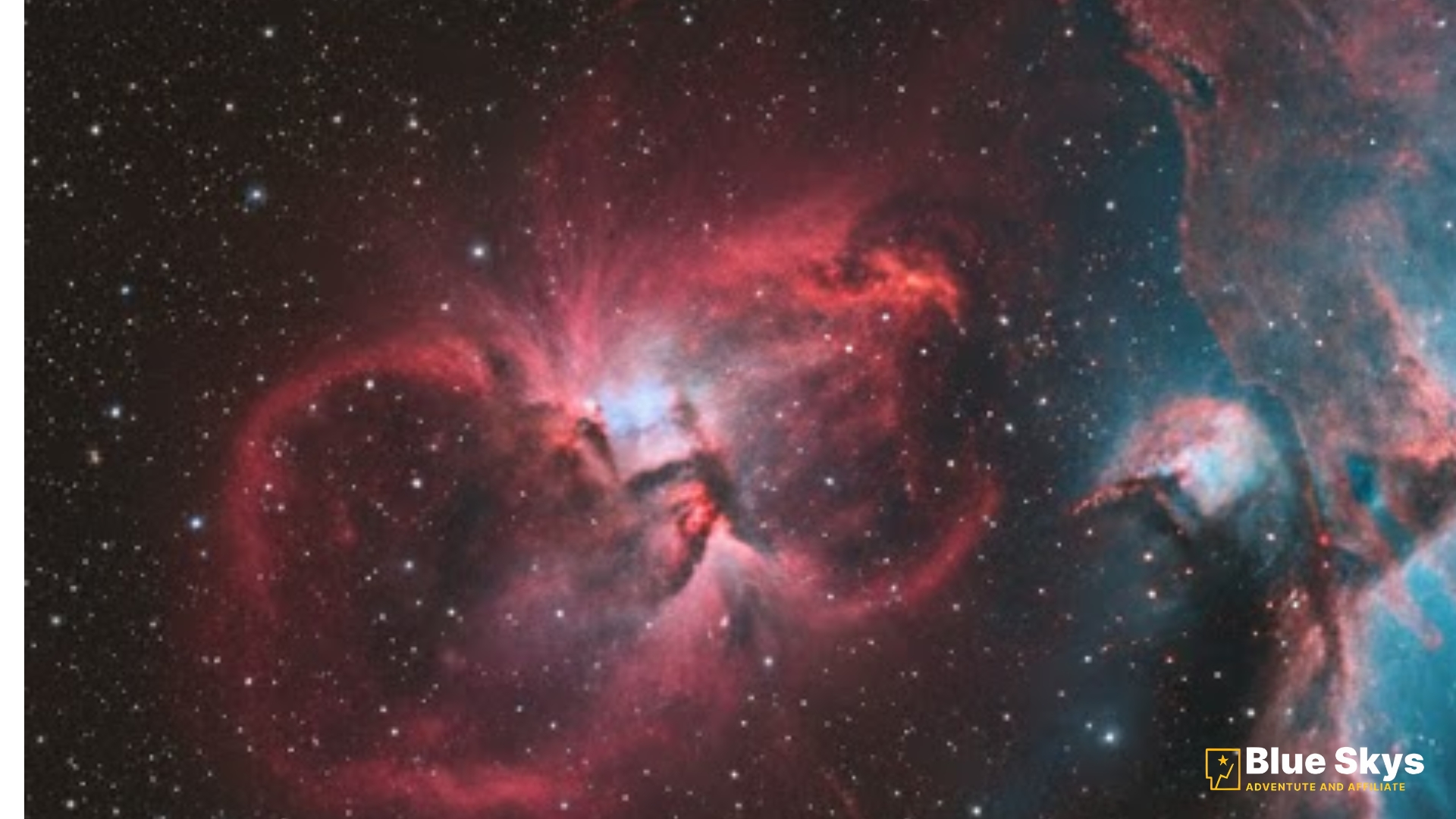
Located near the North America Nebula, the Pelican Nebula glows beautifully in hydrogen-alpha light, resembling the outline of a pelican’s head and beak.
How to Locate Cygnus in the Night Sky
Start by finding the Summer Triangle—three bright stars: Vega, Altair, and Deneb. Once you’ve located Deneb, trace a cross pattern across the Milky Way. In darker skies, the entire swan shape becomes visible, wings outstretched in flight.
Tools and Tips for Observing Cygnus
- Binoculars or small telescopes are perfect for spotting Albireo’s color contrast.
- Wide-angle lenses work best for capturing the entire constellation with the Milky Way backdrop.
- Use a stargazing app to pinpoint Cygnus if viewing under light-polluted skies.
- Visit a dark-sky park or reserve for the most immersive experience.
Cygnus for Astrophotography’s
Astro-photographer adore Cygnus for its high-density star fields and deep-sky targets. Deneb’s region includes several nebulae visible even with modest equipment. Using filters for hydrogen-alpha emission enhances the fine structures of the North America and Pelican Nebulae.
Cygnus in Modern Science and Research
Cygnus isn’t just for beauty—it’s a hub for astronomical discovery. The Cygnus X region hosts powerful X-ray sources and black hole candidates, such as Cygnus X-1, one of the first black holes ever identified. It continues to help scientists study stellar evolution and high-energy astrophysics.
Cultural and Educational Value
Cygnus serves as a bridge between mythology, science, and education. It’s used in planetarium shows and astronomy courses to teach about stellar life cycles, binary systems, and galactic structures. Teachers and enthusiasts worldwide use it to inspire curiosity about space.
The Legacy of Cygnus in Astronomy
From ancient storytellers to modern astrophysicists, Cygnus remains a timeless guide to the wonders of the cosmos. Whether you view it through binoculars, capture it through your camera, or simply gaze at it on a warm summer night, Cygnus invites you to soar with it across the stars.
Conclusion
Cygnus the Swan is more than just a constellation—it’s a gateway to the Milky Way’s splendour, connecting ancient legends with cutting-edge science. Whether you’re a casual observer or a passionate Astro-photographer, Cygnus promises a rich, unforgettable experience under the night sky.
